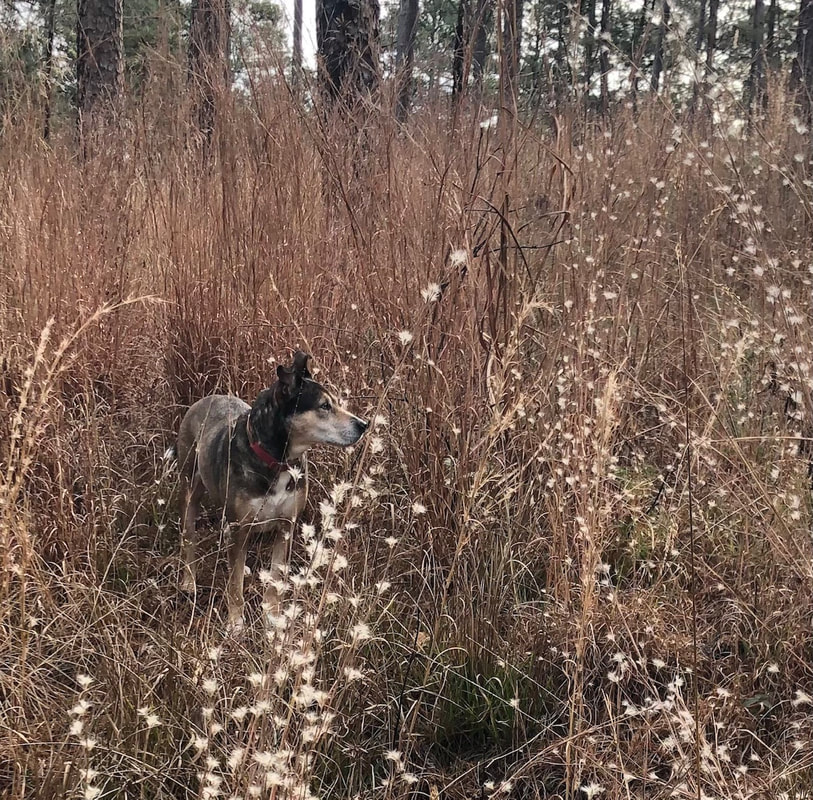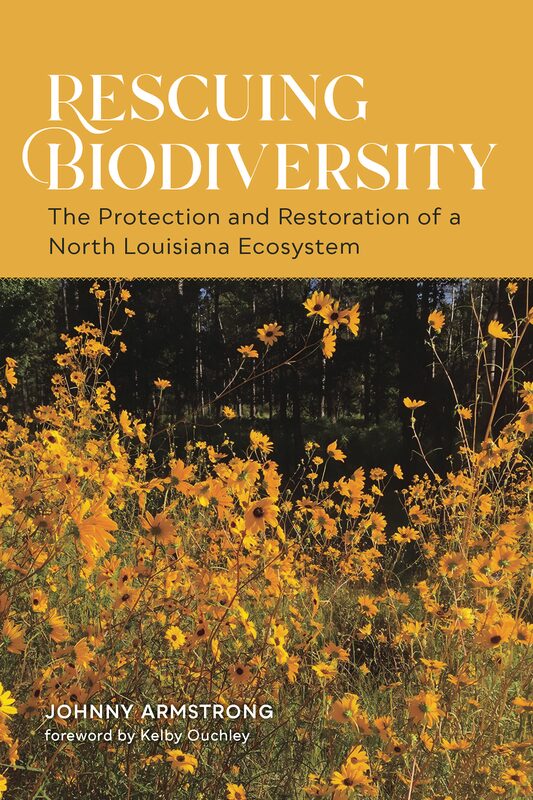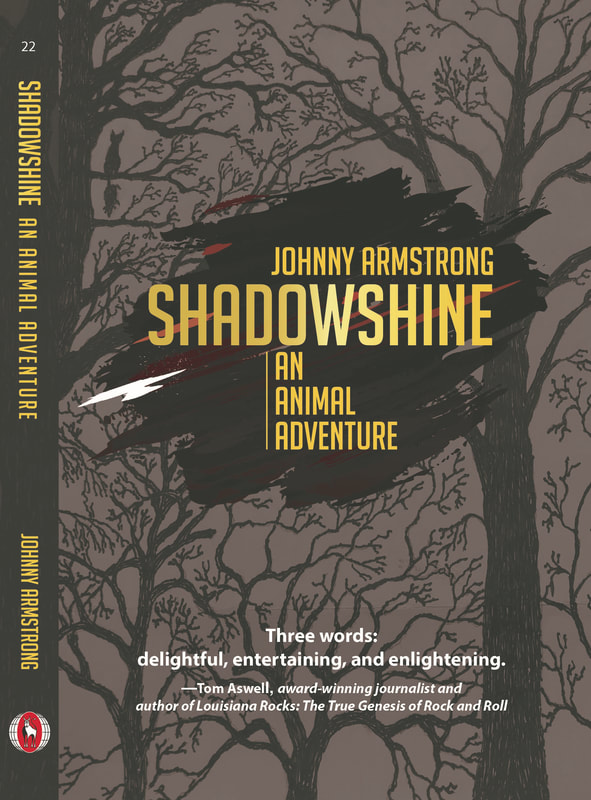|
By now, almost every informed person is aware that humanity is in serious jeopardy from the ever-increasing negative effects of global warming and the global destruction of ecosystems. The magnitude of this double-barreled menace cannot be overstated and it’s incumbent upon us as a species to act quickly. Our survival quite literally depends on it. The situation is well described by world renown biologist, E. O. Wilson: “The on-going mass extinction of species, and with it, the extinction of genes and ecosystems, ranks with pandemics, world war and climate change as among the deadliest threats that humanity has imposed on itself.” There’s a convenient acronym for the five biggest causes of the destruction of Earth’s biodiversity. In decreasing order of magnitude, the acronym is HIPPO, where the “H” stands for habitat destruction and human-caused climate change, “I” for invasive non-native species, “P” for pollution, “P” for the human population, and “O” for overharvesting of natural resources, particularly in the oceans. It’s important to note that every single letter in that acronym is a direct result of human activity. We are literally destroying our own home planet, and it’s the only home we will ever know. It has become apparent that we are in trouble. Nowadays, scientists say that we are in a new epoch of geologic time they call the Anthropocene – humans have made changes on the face of the earth that will last millions of years in the future with or without our presence. World Wildlife Fund scientists and many others have stated that we are entering the sixth great mass extinction, the last one being the Chicxulub asteroid strike on the Yucatan Peninsula that ended the Cretaceous Period and the dinosaurs. It’s hard to argue with that conclusion given what the scientists are telling us and what we’re seeing around us, both in local communities and around the world. These are not encouraging words of course, yet for me, where optimism may not flourish, hope remains true. And this hope comes especially from our young people. They seem to understand far better than their elders that the planet we are leaving behind for them is diminishing. I am always inspired by the young climate activist, Greta Thunberg, and others like her. As reported by Leanna First-Arai in Sierra magazine, students in a Nashville protest sang this chant: Mama, Mama, can’t you hear The children screaming here and there? Mama, Mama, can’t you see? This is an emergency. The children are marking a path for us to follow. We should take heed. For if we deliberately fail them when we could have done more, they will never forget it, and they shouldn’t. In my hometown of about 25,000, we celebrate Earth Day and we get a fair event turn-out, especially because it’s a college town. I think it’s more important than we might realize that we make a showing at such events (especially with our families!) as well as attending any peaceful protests on behalf of the environment and combatting global warming. In this way, we can show our children and grandchildren that we’re with them and we are into the cause—that we are concerned for their future. Another easy way to support this important cause of rescuing biodiversity is to be abreast of the many excellent environmental groups available to us. They need our support and we need their work, which might include on-the-ground protection and restoration of ecosystems to fighting court battles on behalf of environmental protections. We can also contact our politicians and let them know our feelings regarding the important cause of conservation. Ecosystem protection and restoration are vital tools in the rescue of our vanishing biodiversity — of plants, birds, mammals, reptiles, amphibians, insects, arachnids, worms, mollusks, fungi, and so many others. This is especially true when the ecosystem includes a grassland ground cover, for it is well known that such groundcovers are especially rich in flora and fauna. How large must a tract of land be to be big enough to restore? Of course, the bigger the better, but, in my opinion, nothing is too small. The area where I do my own work in ecosystem restoration is permanently protected by a Nature Conservancy conservation easement, and what I am actively restoring is the historic shortleaf pine-oak-hickory woodland and grassland groundcover. It seems like a large area for me to try to tackle, but in truth, it’s tiny—imagine the comparison with the massive size of that which could be restored on the landscape in north Louisiana. Urban areas, backyards, school grounds, parks, etc., are, to me, fair game for establishing native (and native is the operative word) plant species to attract insects, birds, small mammals, reptiles, and others. Whenever I see a pipeline or an electric highline right of way, I see the potential to establish a grassland groundcover. The same could be said for almost any patch of non-utilized ground. A good friend of mine, Peggy Grau, with whom I attended grammar school and high school, plants native milkweed in her yard and collects the leaves when she finds monarch butterfly eggs on the leaf surfaces. She brings the leaves into her house and arranges them in butterfly cages to protect them from the elements and any potential predators and feeds them more milkweed leaves as they grow. When the caterpillars mature to adult butterflies, she releases them to go their genetically predetermined way. In my mind, Peggy is a hero because she is rescuing an imperiled species one butterfly at a time. Peggy is doing a good thing. She’s doing her part. Note: This is an edited version of an article that appeared in ZME Science magazine, and partially excerpted fr0m Rescuing Biodiversity by Johnny Armstrong (to be published spring 2023, Louisiana State University Press).  Opal Diane, with little bluestem in background. Splitbeard bluestem with fluffy inflorescences in foreground. Scientists say planet in midst of sixth mass extinction, Earth's wildlife running out of places to live.
0 Comments
Leave a Reply. |
Johnny Armstrong, Author
#Biodiversity advocate. Ecosystem Restorationist. Steward of an old-growth forest and woodland in northern Louisiana. #ForestFolkMatter #ScienceMatters Rescuing Biodiversity (publishing in June 2023) tells the story of Johnny's attempts at Wafer Creek Ranch to preserve a vanishing Louisiana ecosystem and restore the animal and plant species that once lived there.
“An avowed student of life and restoration ecology, Johnny Armstrong expertly teaches us how to restore an imperiled southern ecosystem based on deep research, firsthand experience, and delighted observation of the species that return to his beloved Wafer Creek Ranch. Driving his devotion is the alarming truth that loss of biodiversity poses a threat on par with climate change and his impassioned belief that society can alter that trajectory, one acre at a time.”
Cindy Brown, Executive Director Land Trust for Louisiana “Up there on your bookshelf between Tolkien and Watership Down is where this book belongs. As an anthropomorphic adventure that winds through the realm of animals possessing courage, savagery, perseverance, and ultimately wisdom in the face of mounting evil threats – humans disconnected from the natural world – the tale is relevant, if not necessary.”
Kelby Ouchley, Author Bayou Diversity: Nature & People in the Louisiana Bayou Country Find an Indie Bookstore
Archives
September 2023
Categories |
CONNECT WITH JOHNNY & THE FOREST-FOLK
JOIN US AT THESE SOCIAL NETWORKS
Shadowshine, An Animal Adventure
by Johnny Armstrong ISBN-10: 1771834609 ISBN-13: 978-1771834605 #ForestFolkMatter #BookstoRead #Fiction #Literature #LiteraryFiction #AnimalFiction |
|
Official Site of Shadowshine, An Animal Adventure ©Johnny Armstrong
Website Developed and Managed by Freelance Creative Support Services
Website Developed and Managed by Freelance Creative Support Services




 RSS Feed
RSS Feed
